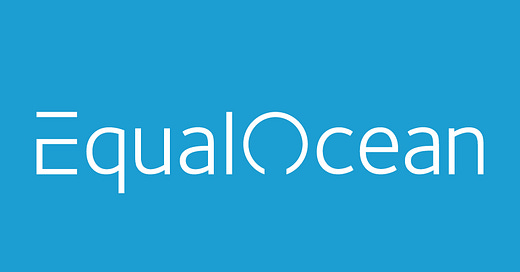J&T had leveraged its aggressive acquisition strategy to expand its footprint in China since its entry. In 2019, J&T acquired Longbang Express(Chinese:龙邦物流) to gain a license to operate the business in China. In September 2021, it successfully acquired Best Express (Chinese: 百世汇通) for USD 1.1 billion, followed by the purchase of Fengwang Express(Chinese: 丰网) from S.f.Holding Co., Ltd. (Chinese: 顺丰), significantly enhancing its infrastructure and gaining access to e-commerce orders from Alibaba Group. Through these acquisitions, J&T seize the opportunity to bolster its presence in the Chinese market without spending three to five years building infrastructure from scratch.
These acquisitions, coupled with its ability to secure partnerships with major players including Alibaba(Chinese: 阿里巴巴) and PDD (Chinese: 拼多多) . From 2020 to 2022, the company's top five customers accounted for respective revenue shares of 44.6%, 39.4%, and 25.7%. It is worth mentioning that the financial data further shed light on the substantial contribution that PDD has made to J&T Express' financial performance. The orders from PDD not only enable J&T to have a reliable revenue stream since its entry into the Chinese market but also navigate a challenging initiation within a remarkably short span of one year. This achievement surpassed the timelines required by its well-established competitors, including STO Expres (Chinese: 申通快递), YTO Expres (Chinese: 圆通速递), ZTO Expres (Chinese: 中通速递), Best Express, and Yunda Express(Chinese: 韵达速递), who took more than a decade to attain a comparable level of success.
Overall, by capitalizing on strategic acquisitions, securing major E-commerce players, and a unique business model, J&T has earned itself a spot in the competitive Chinese logistics landscape.
However, there are some opportunities and threats faced by J&T.







Share this post